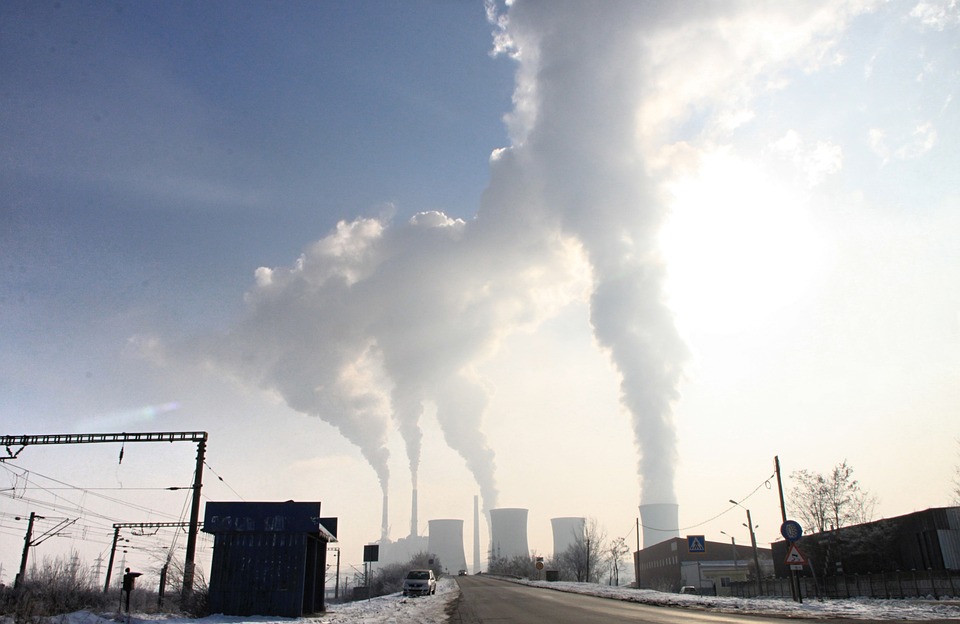Understanding Cuba’s Climate: An Overview of Weather Patterns
Cuba, the largest island in the Caribbean, is renowned for its tropical climate characterized by warm temperatures and distinct wet and dry seasons. This climate plays a crucial role in shaping the island’s tourism, agriculture, and daily life. Understanding Cuba’s unique weather patterns is essential for visitors and residents alike, as it influences everything from travel plans to agricultural practices.
Geographic Influences on Cuba’s Climate
Cuba is strategically located between the Gulf of Mexico, the Caribbean Sea, and the Atlantic Ocean. This positioning significantly impacts its climate:
– Ocean Currents and Trade Winds: The warm Gulf Stream currents and trade winds create a generally hot and moist climate. The trade winds help moderate temperatures, particularly in coastal areas, providing some relief from the heat.
– Topography: The island’s mountainous regions, such as the Sierra Maestra, contribute to variations in rainfall and temperature. These areas receive more precipitation than lowland regions, impacting local ecosystems and agriculture.
Cuba’s Tropical Climate: Key Characteristics
Cuba’s climate is predominantly tropical, with average annual temperatures around 25°C (77°F). The island experiences two main seasons:
– Wet Season (May to October): Characterized by high humidity and substantial rainfall. This period sees frequent thunderstorms and is also the peak time for hurricanes.
– Dry Season (November to April): Marked by lower humidity and cooler temperatures, making it a popular time for tourism. Average temperatures during this season range from 22°C (72°F) in January to 30°C (86°F) in April.
The Wet and Dry Seasons in Cuba
Wet Season (May to October)
– Rainfall: This season accounts for nearly two-thirds of Cuba’s annual rainfall, with the heaviest rains typically occurring in June and September.
– Weather Events: Thunderstorms are common, and the region is susceptible to tropical storms and hurricanes, particularly from August to October.
Dry Season (November to April)
– Weather Conditions: The dry season features cooler temperatures and less humidity. It is generally considered the best time for outdoor activities and travel.
– Tourism Impact: Many tourists visit during this period due to pleasant weather conditions.
Hurricanes and Tropical Storms
Cuba lies within the hurricane belt, with its hurricane season spanning from June to November. Major hurricanes can have devastating effects on Cuba’s economy and infrastructure. The country has developed robust disaster preparedness strategies to mitigate these impacts, including early warning systems and community training programs.
Regional Climate Variations Across Cuba
Cuba exhibits significant regional climate variations:
– Western Region: Generally experiences milder temperatures with less rainfall compared to the eastern parts.
– Central Region: A mix of wet and dry conditions; agriculture thrives here due to fertile soils.
– Eastern Region: Characterized by higher rainfall levels due to mountainous terrain; this area supports diverse agricultural production.
Impact of Climate on Cuban Agriculture
Cuba’s agricultural sector heavily relies on seasonal rainfall patterns:
– Beneficial Rainfall: The wet season supports crops like sugarcane, tobacco, and coffee.
– Challenges: Extreme weather events such as droughts or hurricanes pose significant risks to agricultural stability. Farmers are adapting through sustainable practices aimed at enhancing resilience against climate variability.
The Effects of Climate Change on Cuba
Climate change poses immediate threats to Cuba’s environment:
– Rising Temperatures: Average temperatures have increased by approximately 0.9°C since the 1950s.
– Altered Weather Patterns: Changes include more intense storms, prolonged droughts, and rising sea levels affecting coastal communities.
Cuba has implemented “Tarea Vida,” a national plan focused on climate resilience that includes measures for coastal protection, sustainable agriculture, and water management.
FAQs
– What is the average temperature in Cuba throughout the year?
– The average annual temperature is around 25°C (77°F), with variations between 22°C (72°F) in winter months and up to 32°C (89°F) during summer.
– When is the best time to visit Cuba for good weather?
– The ideal time for visiting is during the dry season from November to April when conditions are cooler and less humid.
– How does Cuba prepare for hurricanes?
– Cuba has a well-developed civil defense system that includes early warning systems, community training for evacuations, and infrastructure improvements to withstand storms.
– Are there any areas in Cuba with cooler temperatures?
– Yes, mountainous regions like Sierra Maestra can experience significantly cooler temperatures compared to coastal areas.
– How has climate change affected Cuba’s weather patterns?
– Climate change has led to increased temperatures, altered precipitation patterns resulting in more severe droughts or flooding, and heightened hurricane activity.
– What role does climate play in Cuba’s agriculture and economy?
– Climate directly influences agricultural productivity through seasonal rainfall patterns essential for crops while also posing risks from extreme weather events that can disrupt food supply chains.
Conclusion
Cuba’s tropical climate significantly influences its lifestyle, economy, and natural environment. Understanding its weather patterns is vital for effective planning in tourism and agriculture. As climate change continues to impact weather conditions globally, Cuba’s adaptive strategies will be crucial for ensuring resilience in both its communities and ecosystems.

Kyle Whyte is a notable scholar and professor at the University of Michigan, holding positions such as the George Willis Pack Professor in the School for Environment and Sustainability and Professor of Philosophy. Specializing in environmental justice, his work critically examines climate policy and Indigenous peoples’ ethics, emphasizing the nexus between cooperative scientific endeavors and Indigenous justice. As an enrolled Citizen Potawatomi Nation member, he brings a vital perspective to his roles as a U.S. Science Envoy and member of the White House Environmental Justice Advisory Council. His influential research is supported by various prestigious organizations including the National Science Foundation, and disseminated through publications in high-impact journals. Kyle actively contributes to global Indigenous research methodologies and education, with affiliations to numerous institutes and societies dedicated to traditional knowledge and sustainability. Recognized for his academic and community engagement, Kyle has earned multiple awards and served in various visiting professorships. His efforts extend to leadership positions on boards and committees focused on environmental justice nationwide.
